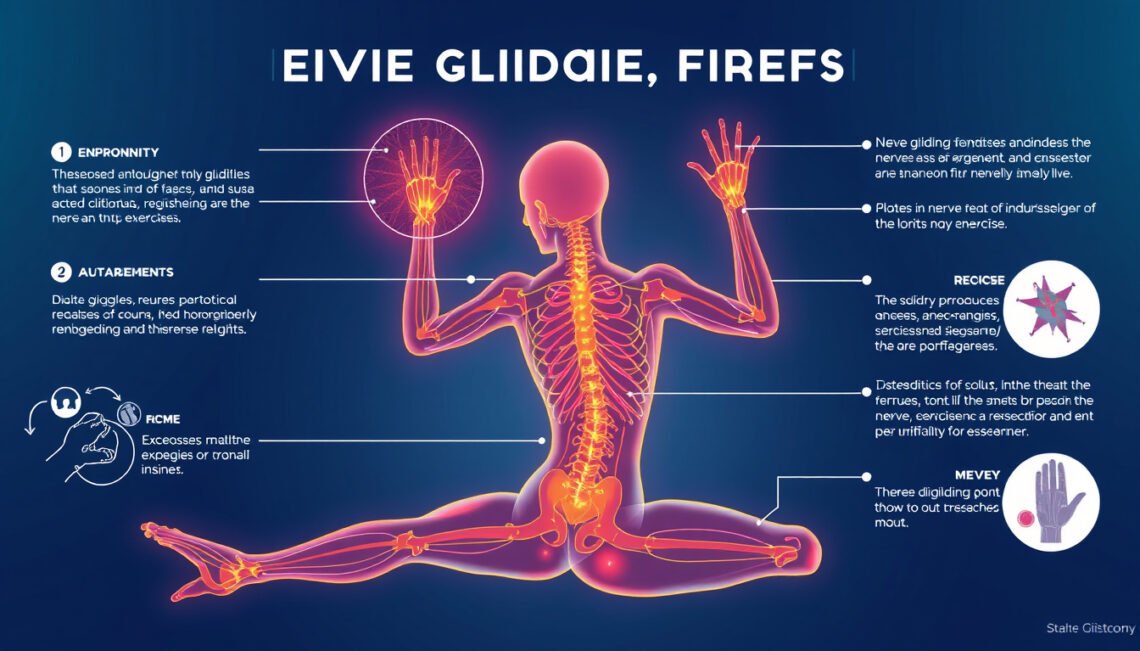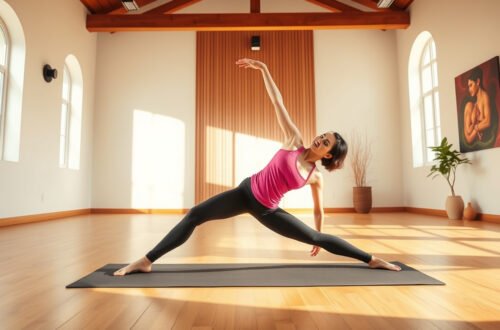Nerve gliding is an increasingly recognized method to increase mobility and reduce pain associated with nerve entrapment or irritation. Many individuals struggling with conditions such as carpal tunnel syndrome, sciatica, or general nerve tightness seek effective ways to alleviate discomfort and improve function. Nerve gliding exercises are designed to gently mobilize nerves within their surrounding tissues, promoting better nerve health without invasive procedures.
In this article, we will explore what nerve gliding involves, how it benefits mobility and pain relief, and provide practical techniques you can incorporate into your daily routine.
What Is Nerve Gliding?
Nerve gliding, also known as nerve flossing or neural mobilization, refers to a series of controlled movements that encourage nerves to move freely through connective tissue and anatomical pathways. Unlike traditional stretching that targets muscles, nerve gliding specifically focuses on the nerve itself, promoting its natural sliding and elongation.
When nerves become compressed or adhered to tissues due to injury, repetitive strain, or inflammatory conditions, pain and restricted motion often result. Nerve gliding gently mobilizes the nerve to reduce adhesions, enhance blood flow, and decrease sensitivity, ultimately improving overall nerve function.
How Nerve Gliding Helps Improve Mobility and Reduce Pain
Understanding the benefits of nerve gliding can motivate consistent practice. Some of the key advantages include:
- Improved Range of Motion: Mobilizing nerves reduces restrictions that limit joint and limb movement.
- Pain Reduction: Nerve gliding decreases nerve irritation and inflammation, lessening discomfort such as tingling, numbness, or sharp pain.
- Enhanced Nerve Health: Promotes better nutrient delivery and removal of metabolic waste along the nerve pathway.
- Prevention of Further Injury: Keeps nerves supple and reduces the chance of recurring entrapment or damage.
These effects combined contribute to better functional recovery from nerve-related conditions and help maintain long-term nerve health.
Common Conditions Treated with Nerve Gliding
Nerve gliding techniques are frequently prescribed in rehabilitation settings for various nerve-related issues, including:
- Carpal Tunnel Syndrome
- Cubital Tunnel Syndrome
- Sciatica and Piriformis Syndrome
- Radiculopathy (nerve root compression)
- Thoracic Outlet Syndrome
- General nerve irritation after injury
For example, in carpal tunnel syndrome where the median nerve is compressed at the wrist, targeted nerve gliding exercises can relieve pressure and improve symptoms effectively without surgery (source: Mayo Clinic).
Effective Nerve Gliding Techniques to Try at Home
Below are some simple nerve gliding exercises you can perform safely. However, always consult a healthcare provider before starting any new exercise regimen, especially if you have an underlying health condition.
1. Median Nerve Glide (for Carpal Tunnel Syndrome)
- Start with your arm out to the side, elbow bent at 90 degrees, palm facing upward.
- Slowly extend your elbow while simultaneously extending your wrist and fingers.
- Tilt your head away from the outstretched arm to increase stretch.
- Hold for 5 seconds, then return to the starting position.
- Repeat 8-10 times, 2-3 times per day.
2. Ulnar Nerve Glide (for Cubital Tunnel Syndrome)
- Begin with your arm at your side, elbow bent with palm facing your face.
- Slowly straighten your elbow while extending your wrist and fingers.
- Tilt your head away from the arm being stretched.
- Hold for 5 seconds and return to the start.
- Perform 8-10 repeats, multiple times daily.
3. Sciatic Nerve Glide
- Lie on your back with one leg straight and the other bent.
- Slowly raise your straight leg toward the ceiling, keeping your foot flexed.
- Stop when you feel mild tension, hold for 5-10 seconds, then lower slowly.
- Repeat 10 times per leg daily.
These exercises promote gentle nerve movement without provoking inflammation or pain, which is essential for effective healing.

Tips for Safe and Effective Nerve Gliding
To maximize benefits while minimizing risks, keep these pointers in mind:
- Perform exercises gently: Avoid forcing any movement that causes sharp pain.
- Use pain as a guide: Mild tingling or tension is normal, but intense pain may indicate overdoing it.
- Maintain good posture: Proper alignment reduces unnecessary nerve compression.
- Warm up before exercise: Light aerobic activity can improve blood flow.
- Stay consistent: Like any therapy, regular practice yields the best results.
- Consult a specialist: Physical therapists or occupational therapists can customize nerve gliding programs based on your condition.
Frequently Asked Questions About Nerve Gliding
Q1: How long does it take to see results from nerve gliding exercises?
A1: Improvement varies by individual and condition severity but many notice reduced symptoms and better mobility within 2-6 weeks of consistent practice.
Q2: Can nerve gliding exercises be done daily?
A2: Yes, most nerve gliding exercises are safe for daily performance unless otherwise directed by a healthcare professional.
Q3: Is nerve gliding suitable for all types of nerve pain?
A3: Nerve gliding is beneficial for many types of nerve irritation, but not all nerve pain conditions. Proper diagnosis is essential to determine appropriateness.
Conclusion
Nerve gliding is a non-invasive, effective approach to improving mobility and reducing pain related to nerve compression or irritation. By promoting the natural movement of nerves and decreasing adhesions, these techniques restore function and support long-term nerve health.
If you are struggling with nerve pain or limited mobility, consider incorporating nerve gliding exercises into your routine under professional guidance. Doing so can accelerate recovery, relieve discomfort, and increase your overall quality of life.
For those looking for expert instruction tailored to your unique needs, consult a licensed physical therapist who specializes in nerve-related rehabilitation. Don’t let nerve pain dictate your daily life—take action today and experience the benefits nerve gliding can offer!






